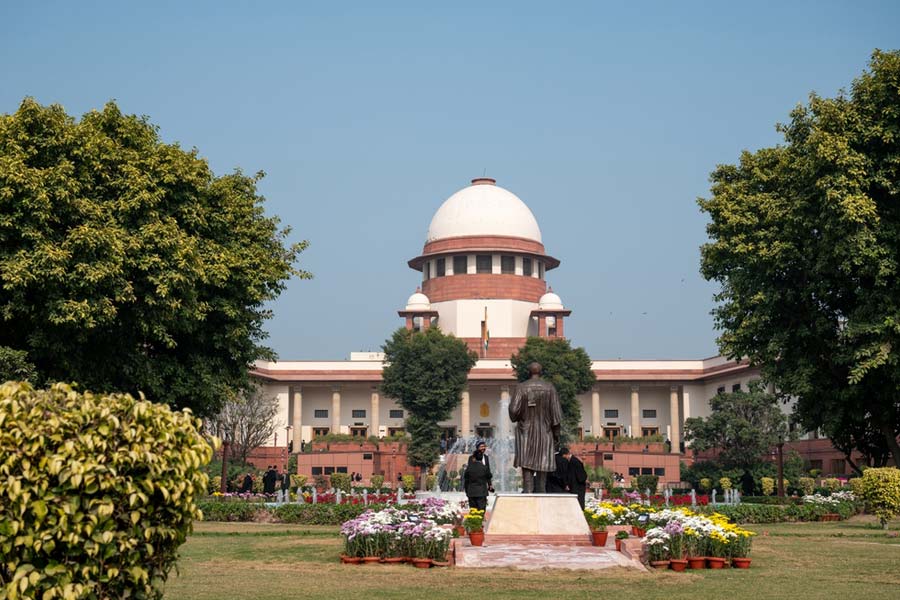The southwest monsoon advanced over Mumbai and Delhi simultaneously on Sunday after more than 62 years, according to the India Meteorological Department (IMD).
Several experts said Cyclone Biparjoy, which had hit the western coast of the country on June 16, played a key role. Another expert referred to the possible contribution of the El Nino factor.
“Today, June 25, the monsoon has arrived in both Mumbai and Delhi simultaneously. It previously happened on June 21, 1961, according to our data,” said D.S. Pai, a monsoon expert with the IMD.
According to the IMD, based on long-term assessment, the normal dates of the arrival of the monsoon in Mumbai and Delhi are June 11 and 27, respectively.
“The monsoon circulation was weak in the Arabian Sea before, but the circulation in the Bay of Bengal was stronger. However, now both have got stronger and spread across the country,” Mrutyunjay Mohapatra, director-general of the IMD, told The Telegraph on Sunday.
Former IMD director-general K.J. Ramesh said Cyclone Biparjoy had slowed down the monsoon circulation in the Arabian Sea while it has been strong in the Bay of Bengal this year.
“Typhoons Makar and Guchol affected the onset of monsoon and also created weak winds over the Arabian Sea to allow Biparjoy to form very late. Biparjoy pulled away noon winds to create delayed onset over Mumbai. But then the Biparjoy rain and the back winds from the Bay of Bengal pulled the eastern part of the monsoon trough way north. This allowed the monsoon to arrive at the same time in Mumbai and Delhi,” said Raghu Murtugudde, an earth scientist and weather expert attached to IIT Bombay and the University of Maryland.
“It’s difficult to pinpoint the exact reason, but it seems that the Arabian Sea branch was a bit weak in the initial part of June. El Nino after three consecutive years of La Nina could be a reason,” said Subimal Ghosh, professor at IIT Bombay. Ghosh is a climate scientist and the author of the Sixth Assessment Report prepared by the Intergovernmental Panel for Climate Change, a scientific body under the UN.
"The monsoon onset was weak and the progression was delayed, an indication of the potential effect of El Nino. At the same time, there were rains in Delhi and north early in the season owing to the cyclone remnants. This might have led to recycled moisture over this area, assisting monsoon to reach there," said Roxy Mathew Koll, a frontline climate scientist from the Indian Institute of Tropical Meteorology.











